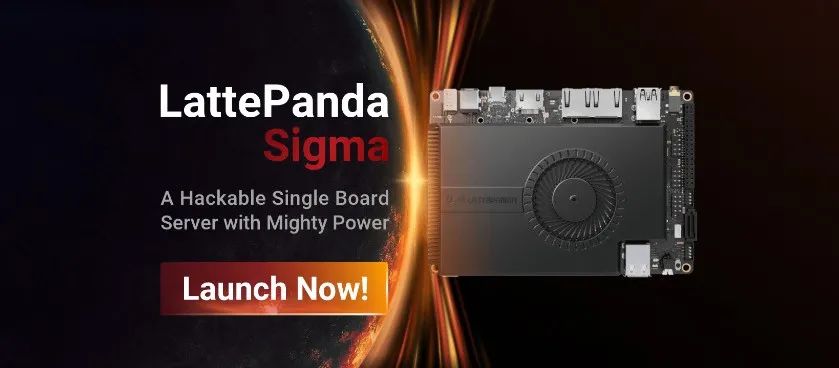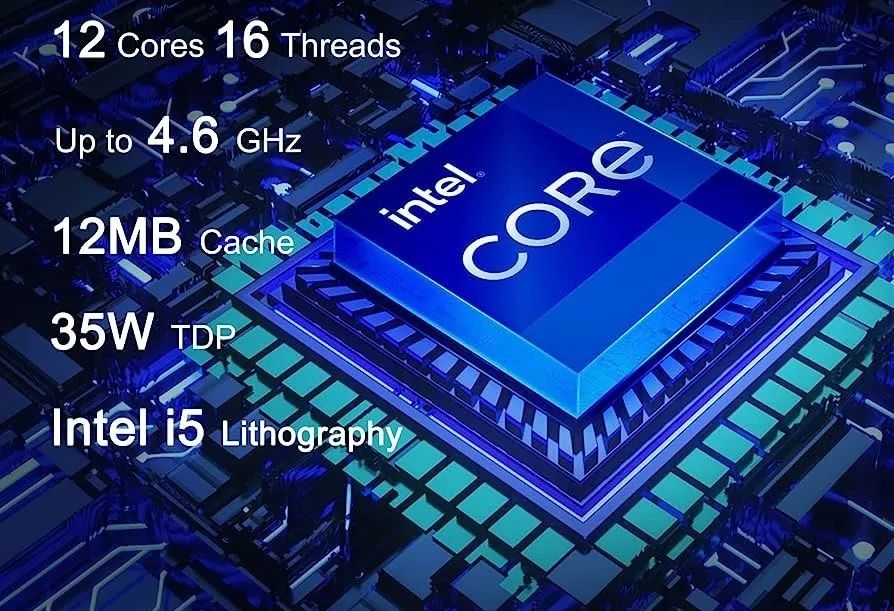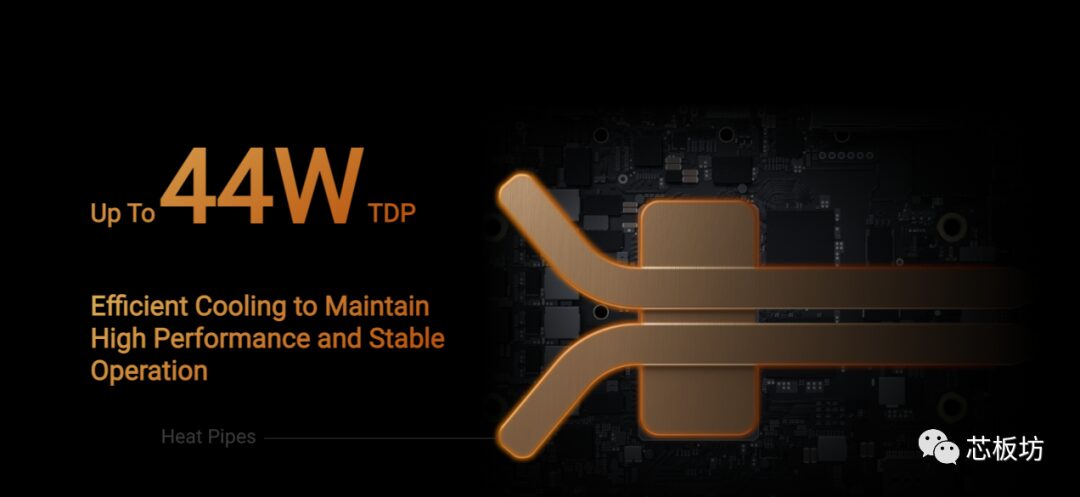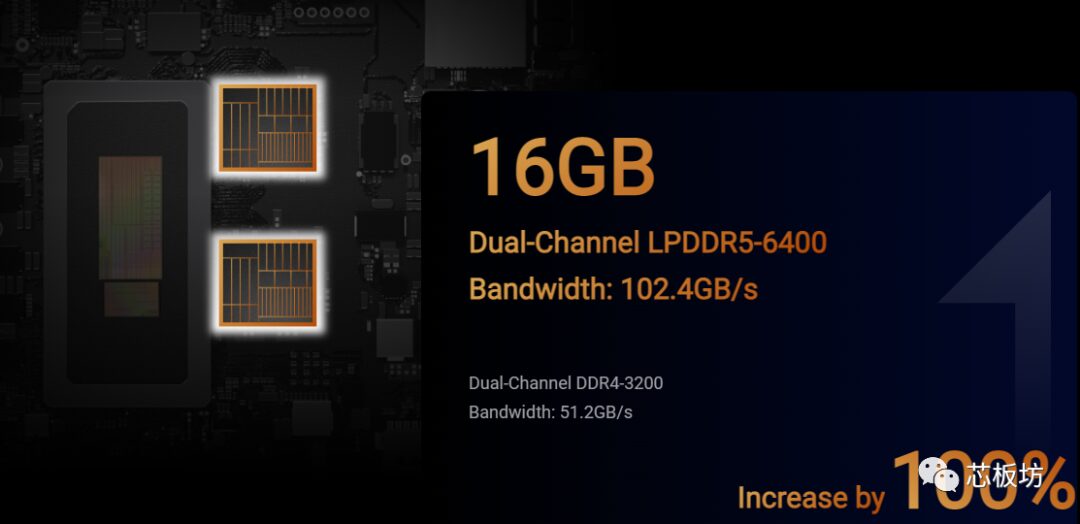LattePanda Sigma is the latest generation of the LattePanda series that has recently been launched.
Its biggest feature is that it is equipped with the Intel 13th generation Raptor Lake CPU i5-1340P processor, released in the first quarter of 2023.
With 12 cores and 16 threads, four performance cores can reach a maximum turbo frequency of 4.6GHz, and eight efficiency cores can reach a maximum turbo frequency of 3.4GHz. L2 cache is 12MB, TDP is 28W, and maximum turbo power consumption can reach 44W.
It seems that LattePanda has made significant breakthroughs in heat dissipation, basically achieving laptop-level performance.
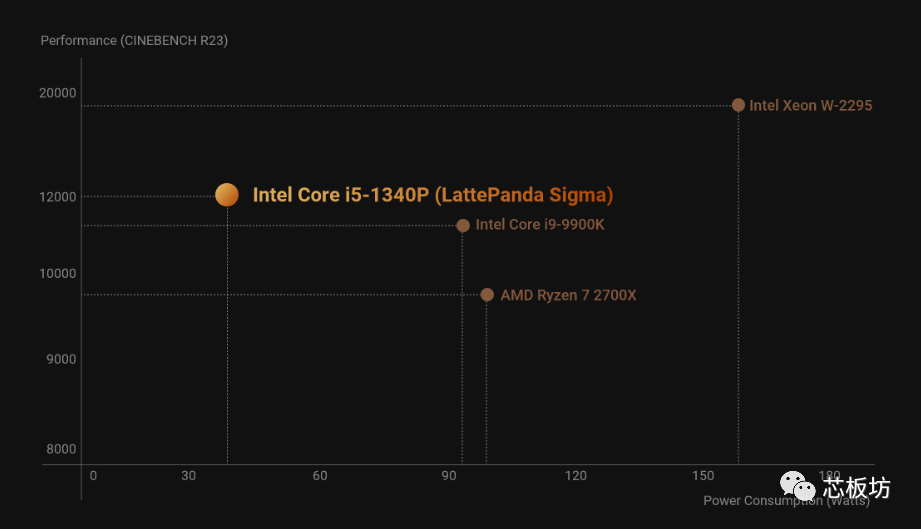
Socket FCBGA1744, package size 50mm X 25mm.
16GB LPDDR5-6400MHz dual-channel memory.
The official test used CineBench R23.

The multi-core score is slightly stronger than the i9 9900K, and this performance is honestly a bit surprising, quite strong. However, with 12 cores, strong multi-core performance is expected, but single-core performance is likely still not as good as the i9.
GPU 3DMark Time Spy graphics score is slightly weaker than the NVIDIA GTX 1050 mobile version, which is at a normal level for integrated graphics, stronger than AMD’s Vega8.
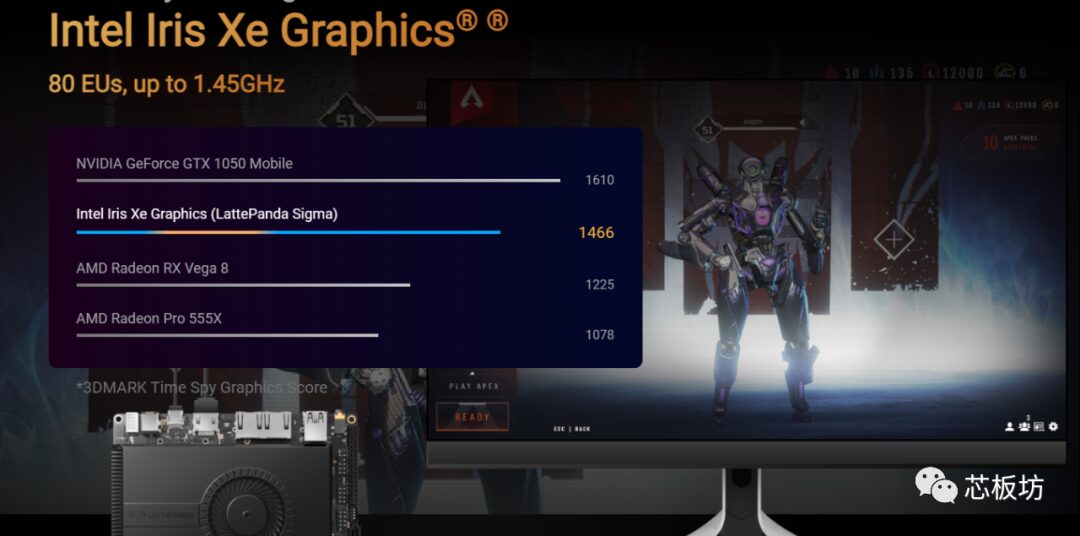
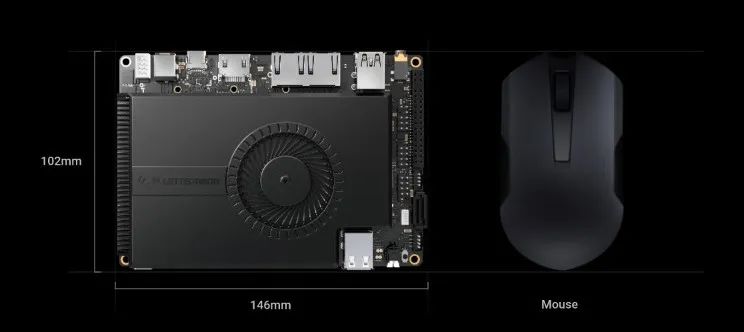
In terms of interfaces, Sigma is quite generous.

two Thunderbolt 4 Type-C (40Gbps)
two USB3.2 Gen2 Type-A (10Gbps)
two USB2.0 Type-A (10Gbps)
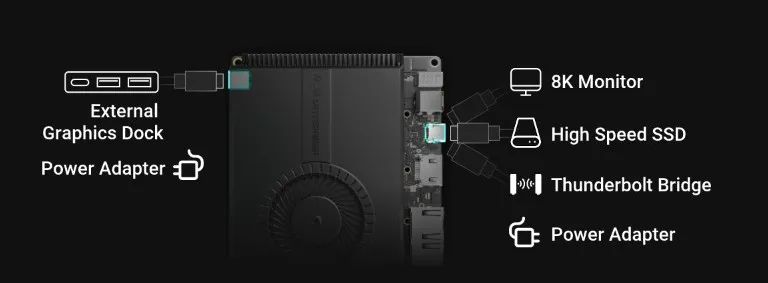
two 2.5G Ethernet ports (Intel® i225-V)
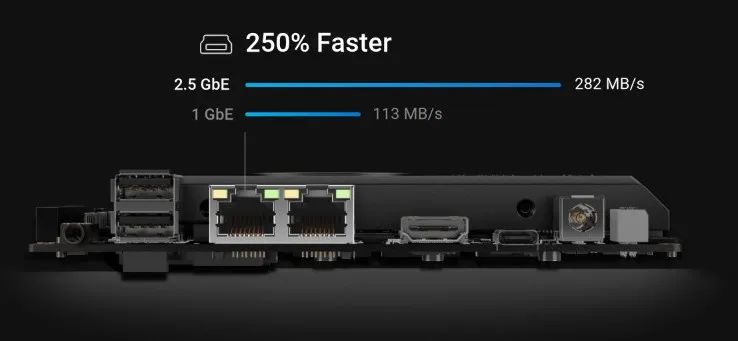
one HDMI 2.1 video output interface.
M.2 B Key PCIe 3.0 x 1/SATA III, USB2.0, USB3.0, SIM.
M.2 E Key PCIe 3.0 x 1 USB2.0, Intel CNVio.
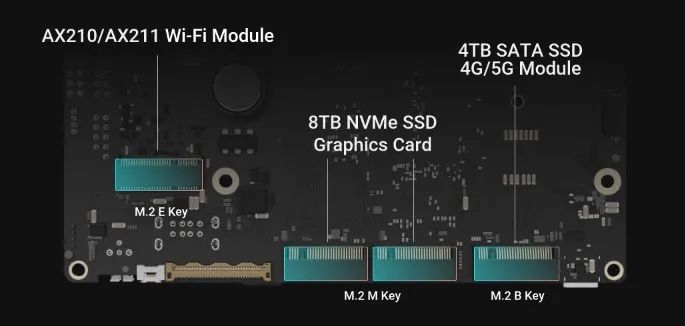
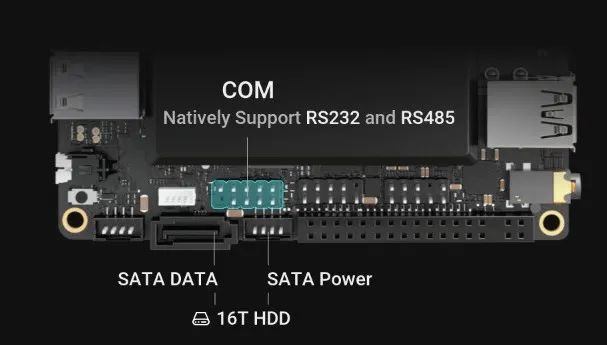
Micro SIM card slot (module required).
DC power interface (comes with a 90W power adapter).

Additionally, LattePanda retains its traditional advantages, supporting automatic startup, a hardware watchdog that automatically restarts on a crash, and an easy-to-debug serial port.
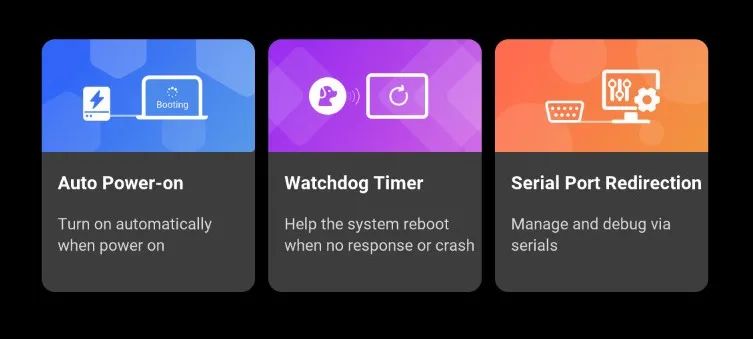
It also features the LattePanda logo with an ATmega 32U4 chip, with all I/O interfaces exposed. Essentially, it has an onboard Arduino Leonardo.
It is important to note that Sigma does not have eMMC and does not have Wi-Fi, both of which need to be purchased separately. However, given its performance, using an NVMe solid-state drive is recommended.
There isn’t much else to say; you can think of it as a LattePanda version of NUC.
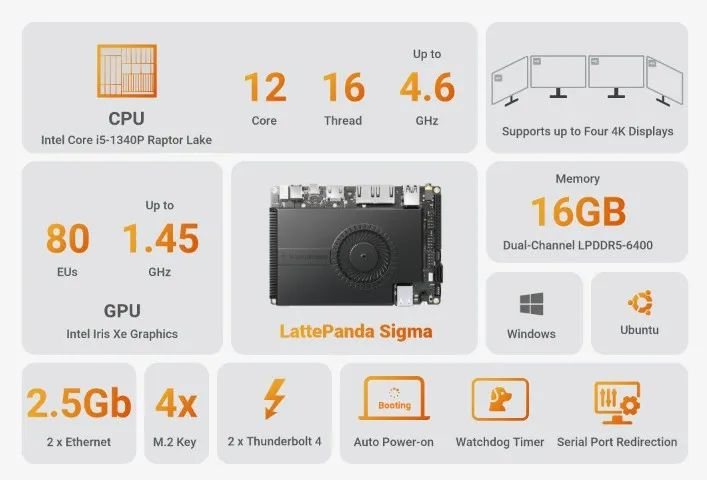
There is only one version with 16GB of memory available for the price of
However, the Intel® NUC 13 Pro Kit NUC13ANHi5 (no memory, no hard drive) is priced at only 3799, which comes with a complete case and supports up to 64GB DDR4.
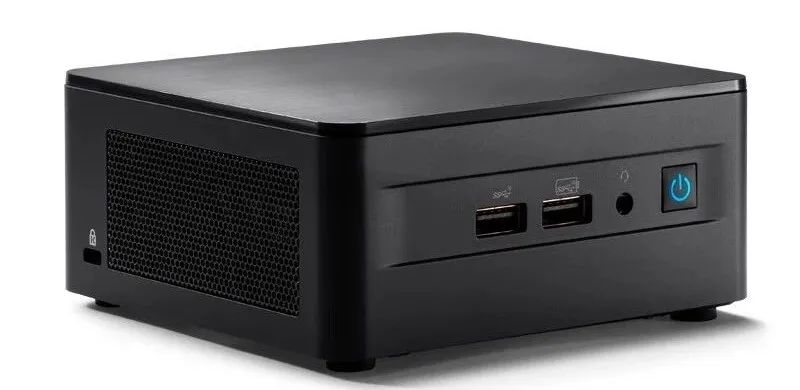
Meanwhile, Apple’s Mac Mini with an M2 processor, 8+256, is priced at 3699.
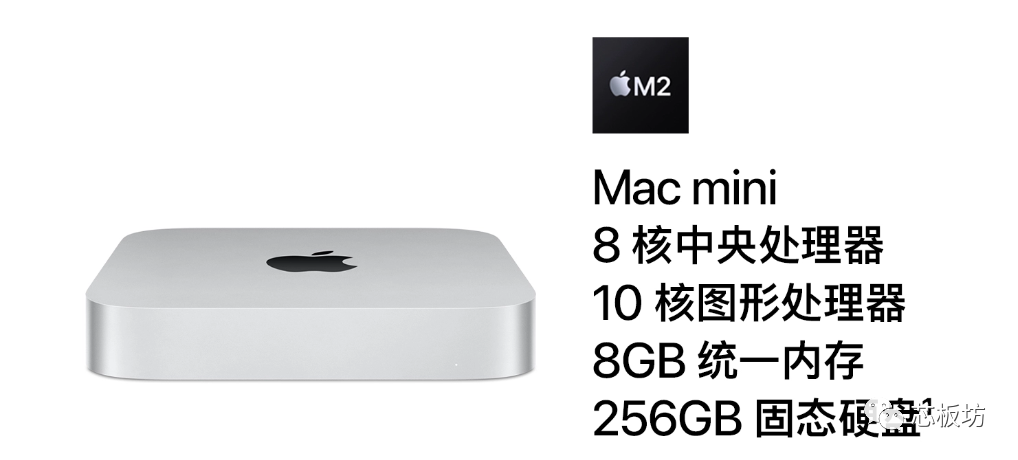
So for 4399, would you consider it?
In terms of differences with other mini PCs, I believe they are becoming increasingly similar; it’s just a smaller, more interface-rich mini PC.
This generation of LattePanda seems to be relying on its past reputation, with the main selling point being performance, which is quite unusual in the development board field. Because the chip is not their own. Only the motherboard is theirs, and whether there can be breakthroughs on the motherboard is questionable. Integrating more functions would be ideal.
LattePanda may be facing a bottleneck due to using Intel processors, with not much left to improve. The x86 field has been competitive for many years, and it is indeed difficult to compare cost-effectiveness with these brands.
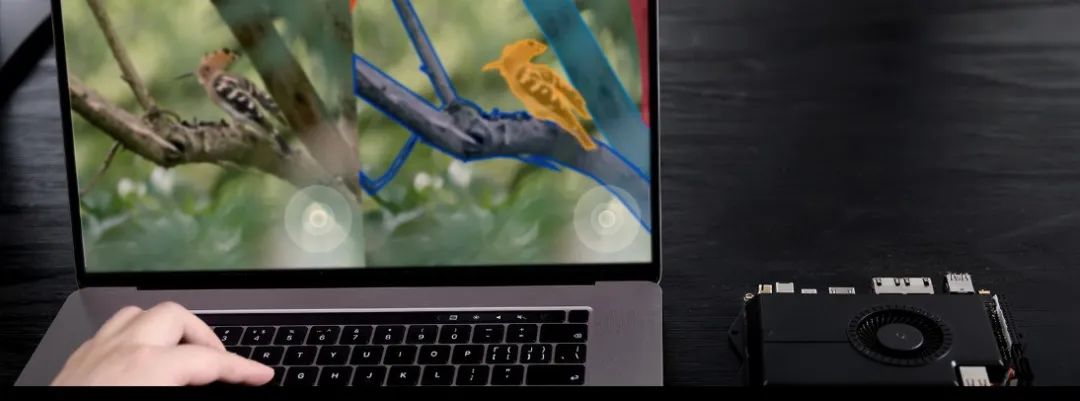
LattePanda Sigma can be described as a
custom mini PC for makers
Whether it is worth this premium depends on your perspective.Only for makers, not for the poor?
Its advantages are its small size, built-in hardware watchdog, and onboard Arduino Leonardo; however, if you compare it with a mini PC, its cost-effectiveness is not high.But if you compare it with many x86 development boards, it still has some cost-effectiveness, as there are not many development boards with CPU performance higher than this one.
LattePanda Sigma
to open it on Taobao and place an order.
https://m.tb.cn/h.UyWbRoP?tk=p8TYdKAO0yJ
Recently, we created a development board selection website. Although it is not yet perfect, we have already recorded about 400 development boards. If you are interested or have any needs, you can take a look at our selection website. If you have any good suggestions, you can also mention them in the group or leave us a message.
Our website domain is: findboard.cn
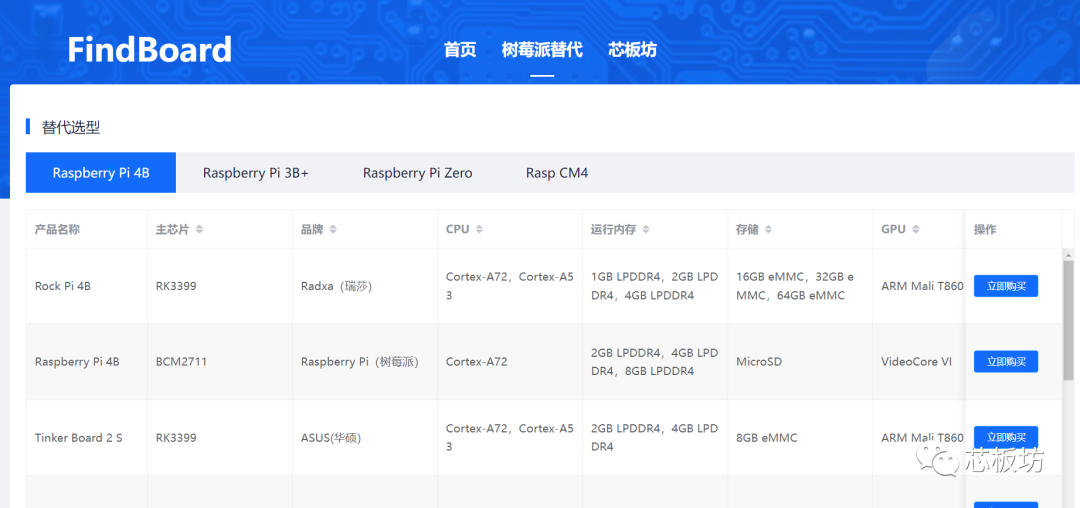
(We have not yet adapted for mobile, so if you are accessing from a mobile device, the experience may not be very satisfactory. We temporarily recommend using a desktop browser.)
